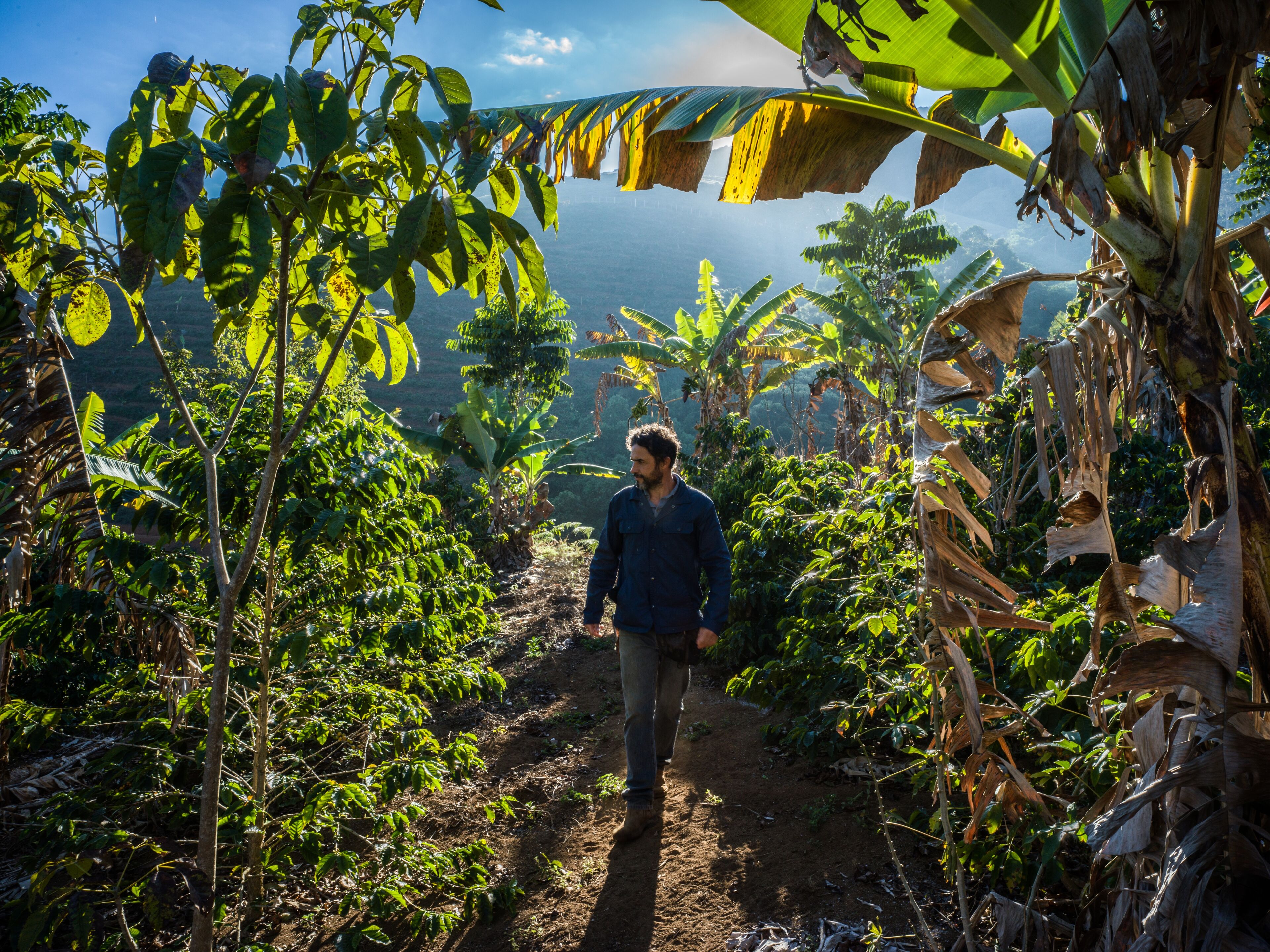The municipality of Caparaó is located on the slopes of the Caparaó Mountains. It began to be colonized in 1842 and one of the determining factors for the colonization of this town was the fertility of the land, triggering the appearance of farms dedicated mainly to coffee cultivation in 1848. From then on, the large farms were divided into several parts until they became what we call family farms.
The mountain range with high altitudes and the proximity to the national park (Pico da Bandeira) influences the whole area of the Caparaó region and creates a beneficial microclimate for quality coffee and special sensory profiles. Producers from the community are very aware of the fact that they have one of Brazil’s most treasured natural resources on their doorstep.
This region has steep mountains and big variations in altitude. Lots of micro-climate areas with crevices that provide for cold or hot air. Humidity is higher here yet still below 70% moisture in the air, which makes for a micro-climate still able to make naturals in a clean way but making their fermentation more intense. This region has higher acidity in relation to most in Brasil with a more intense fruit present.






